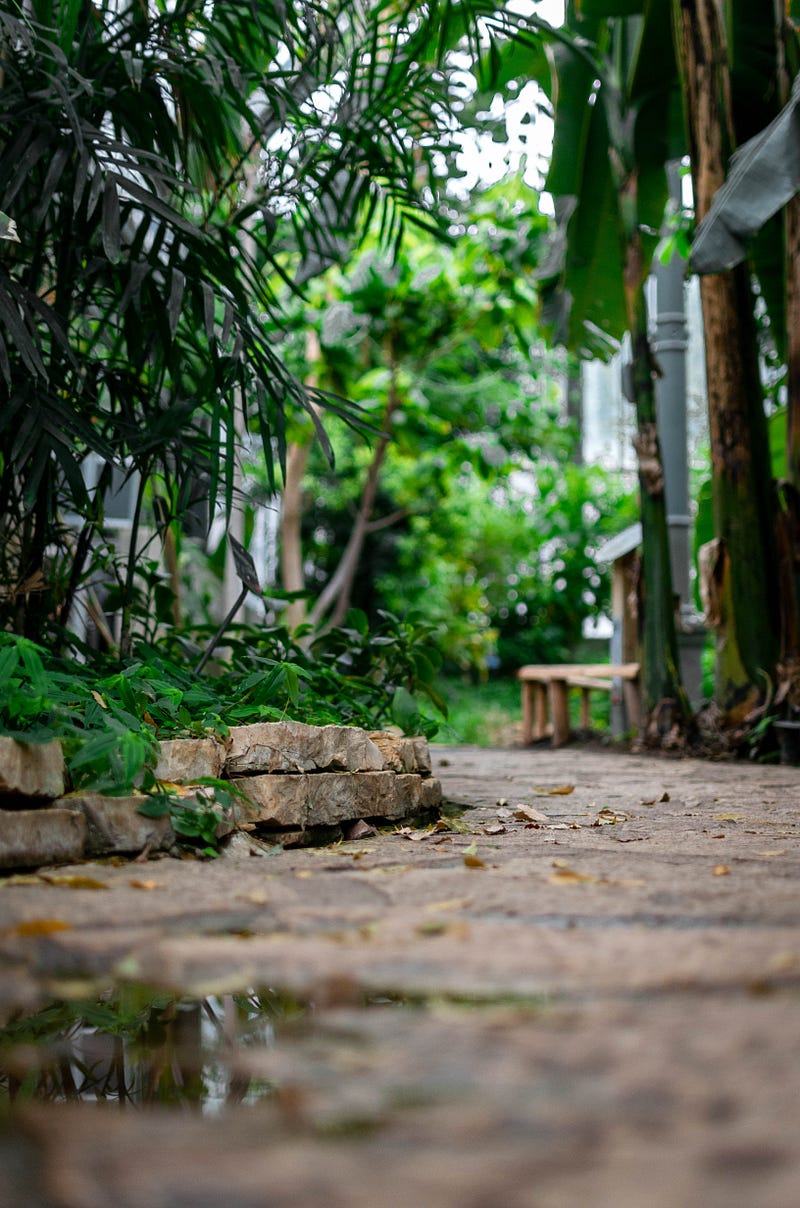Planning a garden? Here's a step-by-step guide to start off on the right foot

1. Determine Your Garden’s Purpose
Before you start planning, consider the purpose of your garden. Are you looking to grow flowers, vegetables, or a mix of both? Do you want a peaceful retreat or a vibrant space for social gatherings? Understanding your garden’s purpose will help guide your decisions throughout the planning process.
2. Assess Your Space and Environmental Factors
Take a close look at your outdoor space to determine its size, exposure to sunlight, and soil quality. Observe how sunlight moves across the area throughout the day and identify any areas with shade. Consider the climate and the specific environmental factors that may affect plant growth, such as wind patterns or the presence of nearby trees.
3. Decide on a Garden Style
Choose a garden style that suits your taste and complements your home’s architecture. Whether you prefer a formal, structured garden or a more natural and relaxed look, select a style that aligns with your preferences and the overall aesthetics you want to achieve.
4. Choose the Right Plants
Select plants that are suitable for your climate, soil type, and available sunlight. Consider factors such as plant height, color, blooming seasons, and maintenance requirements. Research different plant varieties and choose a mix of annuals, perennials, shrubs, and trees to create depth and interest in your garden.
5. Plan Your Garden Layout
Create a rough sketch or use garden planning tools to design your garden layout. Consider the mature size of plants when spacing them out and ensure they have enough room to grow. Place taller plants at the back or center of beds to provide a backdrop for shorter plants. Create focal points or pathways to enhance the visual appeal and functionality of your garden.
6. Prepare the Soil
Prepare your garden soil by removing weeds, rocks, and debris. Test the soil pH and amend it as needed to create the ideal growing conditions for your chosen plants. Add organic matter, such as compost or aged manure, to improve soil structure, drainage, and nutrient content.
7. Plant and Maintain Your Garden
Follow planting instructions for each plant, taking into account spacing, depth, and watering needs. Water your plants thoroughly after planting and continue to provide adequate moisture as they establish. Mulch around plants to conserve moisture, suppress weeds, and regulate soil temperature.
8. Regular Care and Maintenance
Maintain your garden by regularly watering, fertilizing, and pruning as needed. Monitor for pests and diseases, and take appropriate measures to prevent or treat them. Weed regularly to keep your garden beds tidy and prevent competition for nutrients.
Remember to enjoy the process and be patient with your garden’s growth. Gardening is a continuous learning experience, and with time, you’ll develop a deeper understanding of your plants’ needs andhow to best care for them.
In conclusion, planning a garden is an important step towards creating a thriving and beautiful outdoor space. Determine your garden’s purpose, assess your space and environmental factors, choose the right plants, plan your garden layout, prepare the soil, and then proceed with planting and maintenance. With proper planning and care, you’ll be on your way to enjoying a flourishing garden that brings joy and tranquility to your surroundings.


Comments
Post a Comment